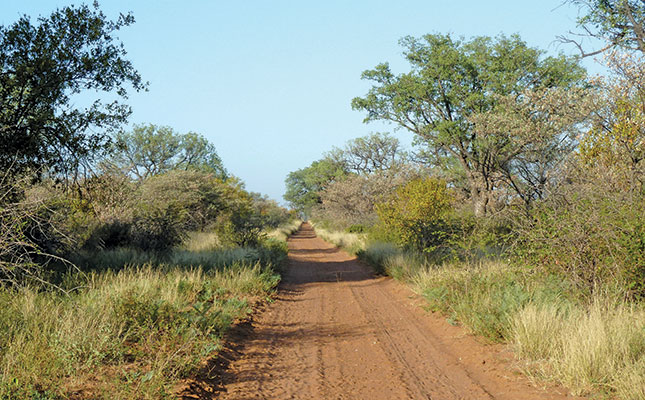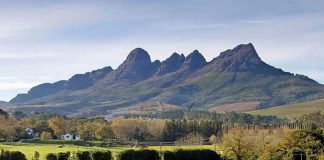
Photo: JMK, Creative Commons
Development in a natural area should maintain the integrity of the environment and never compromise the proper functioning of the ecosystem within the landscape.
When developing a natural area, it is your duty as custodian of the land to minimise the impact on the natural environment through mitigation planning.
This can be done by following the correct protocols as stipulated in national legislation and provincial guidelines. The Department of Environmental Affairs and Development Planning (DEA & DP) can advise you on these.
Most developments require an environmental impact assessment, for which you will need to consult an environmental assessment practitioner. The National Environmental Management Act contains the full list of activities in this regard.
A properly planned exercise is less costly than a rushed affair; first consider the legal and environmental aspects, then the other costs.
Upon approval and before any construction takes place, you will need to compile an environmental management plan and receive initial site design approval. This will prevent haphazard development and minimise unnecessary impact on the environment.
Why site selection is crucial
The placement of the development is important for maintaining ecological integrity and ‘sense of place’. The governing principle of developing in natural areas is to use existing ‘footprints’ and infrastructure wherever possible. For this reason, you should develop transformed land first.
Visual impact affects the sense of place. Never erect any structure that is a blot on the landscape and avoid placing structures within sight of each other. You might want to advertise your presence, but you should never let this mar the landscape and destroy its natural beauty.
Consider the substrate (surface) and terrain type. Is it suitable for your intended use? Investigate measures to prevent or minimise erosion.
The proposed buildings should be orientated to maximise the use of natural light, ambient temperature and weather protection. The positioning of access roads, too, should be well planned.
It is also important to consider water availability when planning accommodation sites, hiking trails, picnic areas and event infrastructure.
In order to make practical and environmentally healthy decisions, it is wise to enlist the help of specialists. Indeed, the DEA & DP may insist upon this.
Concentrated vs scattered impact
The development footprint should be carefully thought out. Scattered development has a greater footprint but usually retains a ‘wilderness’ feel.
Concentrated development has a smaller footprint and requires fewer service lines and roads, but it can create a more visible development scar.
If you choose scattered development, plan it carefully to maintain the integrity of the local environment at all costs.
Avoid ‘finger’ development. This fragments vegetation, inhibits animal movement through the area, and increases the edge effect (see box) on the overall ecosystem.
The edge effect
When an edge divides a natural ecosystem and the area outside its boundary is disturbed, the natural area can be seriously affected some distance in from this edge. This transition area is called an ecotone.
For example, cutting down indigenous trees near the edge of bushveld or forest enables sunlight and wind to penetrate the dense growth to a greater extent, drying out its interior close to the new boundary and encouraging the emergence of opportunistic species.
Forest fires are more common close to ecotones due to increased light availability, which leads to increased desiccation and understorey growth. This, in turn, provides fuel that enables pasture fires to spread into the forests.
Source: ‘Best practice guideline: sensitive development & activities’.











